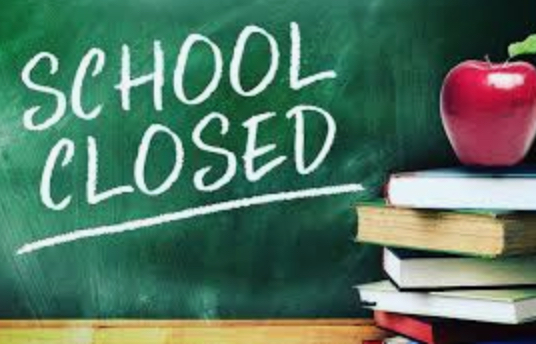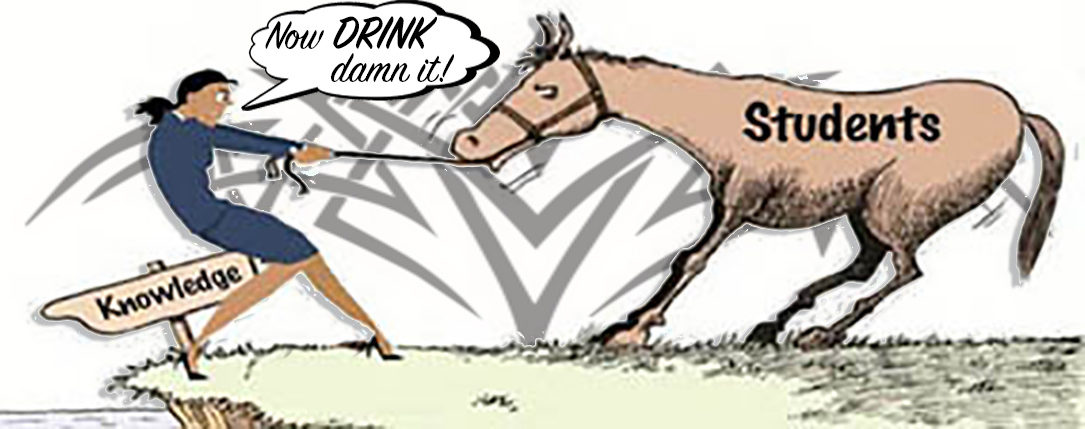School’s Out! Let’s Move On!
April 17, 2020

This week the talk around the virtual water cooler centered on reopening the country and the pros/cons of livelihoods vs. lives. One key factor discussed in this process was students returning to school. Many in government, media, and politics recognize people can’t go back to work if their kids aren’t back in school. Besides providing education, schools also provide a daycare function. Along with the normal school day there are before- and after-school programs – sports, clubs, tutoring, etc. – that extend the typical school day so parents can know where their children are while they’re at work.
But it’s too late to worry about bringing students back THIS school year. We need to start preparing for summer and how to effectively re-open schools in the fall.
Look, we’re already more than halfway through April, and on the day I’m writing this every state has mandated either total or partial closure for the year. For the states that have not entirely closed schools that means, at best, there are approximately two months remaining on the 2019-2020 school calendar. But schools aren’t ready to open today, this week, or even next week, so if we open by mid-May that would leave only about four weeks remaining. Why bother? You can’t argue because students are missing education; all schools are offering emergency remote learning. Granted it may not be the same as being in school, but restarting in-classroom instruction will cause another interruption and delay in instruction. These remaining few weeks can be used to adequately strategize for the summer and fall.
Remember, by the end of June, kids will officially be out of school and at home, and this summer will look very different than in years past. Many high school students who typically work during the summer may find there aren’t as many minimum-wage jobs available. Expectations are that despite government assistance many small businesses will not survive the pandemic, and that means fewer jobs (unfortunately for adults, too). Elementary students will still need to be cared for as in years past, but there may be fewer opportunities for daycare (i.e., daycare businesses may have closed, family members no longer available to watch the kids, etc.). Our first priority should be to develop a plan that adequately and safely accounts for our children during July and August.
Looking ahead to the beginning of the 2020-2021 school year, all signs indicate social distancing will continue to impact high school and higher education classrooms. California’s first proposal for reopening included suggestions for implementing “split days” (cohorts attend AM or PM sessions) and increasing space between desks in classrooms. This is ambitious, but unrealistic for this school year. Weeks of discussions are needed to establish logistical coordination between administration with scheduling and classroom configuration, transportation of students, staffing, and time to effectively sanitize the school before each cohort.
Personally, I’d like to see school districts mandate an online component for every grade level (1-12) to mitigate future interruptions. The medical community believes COVID-19 could resurface in the fall and possibly be a seasonal risk. Mandatory inclusion of online instruction would allow districts to fully train their teachers and build confidence among staff and students in online learning. This will enable schools to deliver instruction during these kinds of rare health emergencies, but, more importantly, also during the more predictable weather emergencies (like snow days) so that school calendars would not have to be extended. As we experienced with the launch of emergency remote learning now there is a serious need to ensure all students have access to the technology they need to be successful. The sooner we address these issues the sooner we can be ready.
These are just a few of the topics regarding education that need to be discussed now, not after we decide whether kids can go back to school for a few weeks. We can’t wait until the summer or the fall to adequately plan for the summer and the fall. It’s time to be proactive and get in front of the “new normal” curve.



